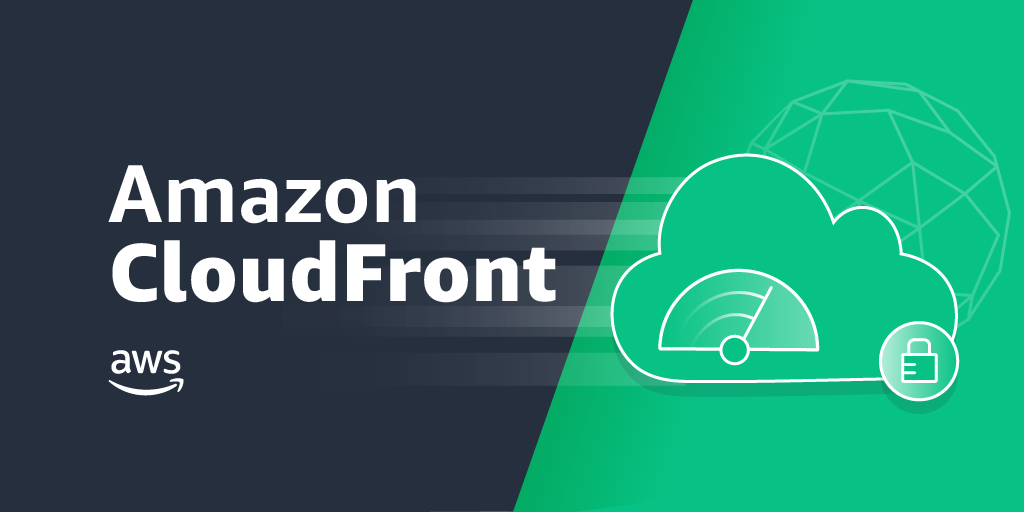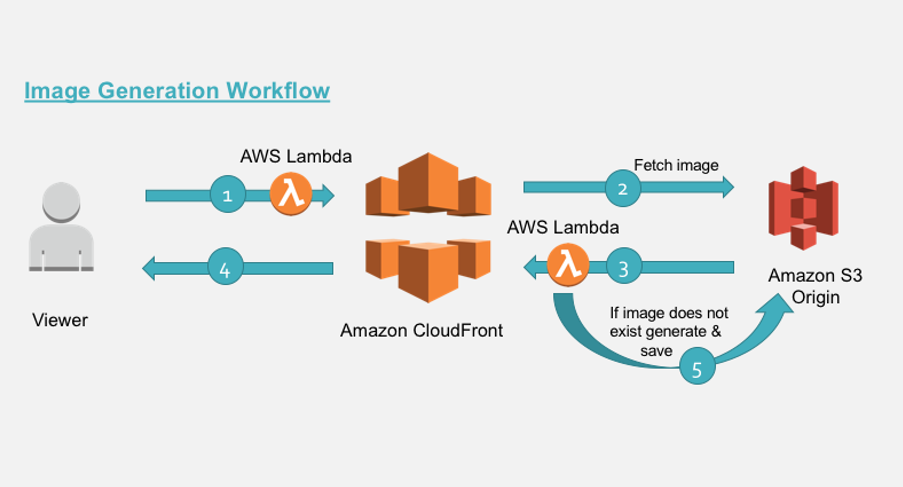Networking & Content Delivery
Category: Networking & Content Delivery
CloudFront now Supports ECDSA Certificates for HTTPS Connections to Origins
See how you can now use Amazon CloudFront to negotiate HTTPS connections to origins using Elliptic Curve Digital Signature Algorithm (ECDSA). ECDSA uses smaller keys that are faster, yet, just as secure, as the older RSA algorithm. The smaller keys will also increase the number of TLS handshakes that your origins can process per second, thereby saving compute cycles and reducing your cost of cryptography.
Accelerate & Protect Games with Amazon CloudFront, AWS Shield, & AWS WAF
Your game development process is done and now it’s time to go to market. Read how Amazon CloudFront can accelerate the delivery of your game files and how AWS Shield and AWS WAF can protect your application.
Resizing Images with Amazon CloudFront & Lambda@Edge | AWS CDN Blog
Do you have lots of images that need to be modified before delivery? No problem with Amazon CloudFront and Lambda@Edge. Read more on how you can use our services to modify image dimensions, apply watermarks, or optimize formats based on browser support all on the fly. Optimizing your image delivery can lead to a better experience for your users while also reducing your bandwidth usage.
Authorization@Edge – How to Use Lambda@Edge and JSON Web Tokens to Enhance Web Application Security
Authorization, the function of specifying access rights to resources is often required to help protect restricted content in web applications. This post will show you how to implement a serverless authorization of viewers using Amazon CloudFront, Lambda@Edge and Amazon Cognito without modifying your origin resources.
Dynamic Whole Site Delivery with Amazon CloudFront
In this blog post, we will provide an overview of the performance, security, and cost benefits you get when using CloudFront to serve dynamic and/or static assets from Amazon EC2. We will also walk through the exercise of configuring CloudFront for Amazon EC2 origins.
Adding HTTP Security Headers Using Lambda@Edge and Amazon CloudFront
Adding security response headers is often achievable by modifications to your application configuration. In this blog we will focus on how to achieve the same result when you have an application that can’t be modified at the origin (e.g., a web site hosted in Amazon S3).
Dynamically Route Viewer Requests to Any Origin Using Lambda@Edge
Today Lambda@Edge announces a new feature that allows you to do content-based routing. Now you can programmatically define the origin based on logic in your Lambda function. This enables you to route requests to different origins based on request attributes such as headers, query strings, and cookies. Read our blog post to learn about different use cases and how you can set this up within your own architecture.
How to accelerate your WordPress site with Amazon CloudFront
This blog post was originally published November 6 2017 by Ronan Guilfoyle on the AWS Startups Blog. Read this step by step guide to get your WordPress site running better than ever and ready for any sudden traffic spikes.
98, 99, 100 CloudFront Points of Presence!
This blog post was originally published November 1 2017 on Jeff Barr’s AWS Blog. Read more about CloudFront’s recent launch of its 100th Edge Location and its some of its notable highlights from the past year.
Implementing Default Directory Indexes in Amazon S3-backed Amazon CloudFront Origins Using Lambda@Edge
This blog post was originally published October 18 2017 by Ronnie Eichler on the AWS Compute Blog. Read more about how to use Lambda@Edge to be able to use CloudFront with an S3 origin access identity and serve a default root object on subdirectory URLs.









